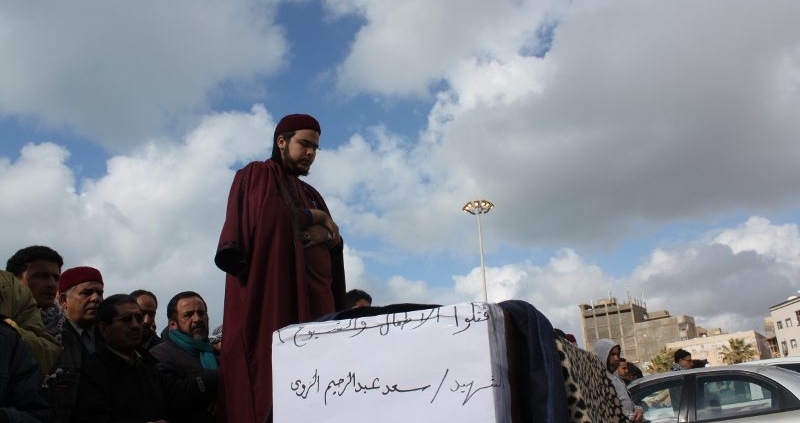What Happens to the Heart After Death?
Answered by Shaykh Salim Ahmad Mauladdawila
Question: Assalamu alaykum
What happens to the heart after death?
Answer: Bismillah al-Rahman al-Rahim.
Imam al-Ghazali in book 21 of his encyclopaedic ‘Revival of the Religious Sciences’ talks about the heart and some of its realities. To quote (from the Walter James Skelli translation):
[‘Heart’ (qalb)] is used with two meanings. One of them is the cone-shaped organ of flesh that is located at the left side of the chest. It is flesh of a particular sort within which there is a cavity, and in this cavity there is black blood that is the source (manba’) and seat (ma’dan) of the spirit (ruh). We do not now propose to explain its shape nor its mode of operation since religious ends have no connection therewith, but only the aim of physicians. Animals and even the dead have this heart of flesh. Whenever we use the term ‘heart’ in this book, we do not mean this sort of heart, for it is but an impotent bit of flesh, belonging to the visible material world (‘alam al-mulk wa-l-shahdda), and is perceived by the sense of sight, by animals as well as by mankind.
The second meaning of the ‘heart’ is a subtle tenuous substance of an ethereal spiritual sort (latifa rabbaniyya ruhiniyya), which is connected with the physical heart. This subtle tenuous substance is the real essence of man. The heart is the part of man that perceives and knows and experiences; it is addressed, punished, rebuked, and held responsible, and it has some connection with the physical heart. The majority of men have been become perplexed when they tried to perceive the nature of this connection. Its connection therewith resembles the connection of accidents with substances, of qualities with the things they qualify, of the user of a tool with the tool, or of that which occupies a place with the place. We will guard against trying to explain this for two reasons: first, because it deals with mystical sciences (‘ulum al-mukashafa), and our aim in this book includes only the knowledge of proper conduct (‘ilm al muamala); and second, because to ascertain it calls for a disclosing of the secret of the spirit (ruh), concerning which the Messenger of God did not speak, and therefore no one else should speak. Our aim then is this: whenever we use the term ‘heart’ (qalb) in this book we mean by it this subtle tenuous substance. And what we propose is to mention its characteristics (awsaf) and states (ahwal), not its real nature (haqiqa) in itself, for the science of practical religion does not require the mention of its real nature.
So regarding the heart, we can say that as a physical entity it dies with the body, as a “subtle tenuous substance” it is the reality of man and thus has a reality in the next life, and as a whole it “perceives and knows and experiences; it is addressed, punished, rebuked, and held responsible”.
Regards,
Warmest salams,
[Shaykh] Salim Ahmad Mauladdawila
